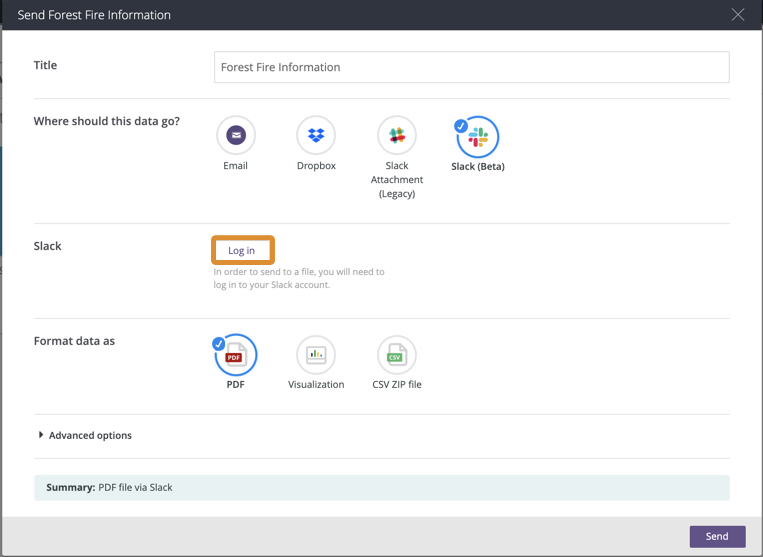
If the user is not signed in yet, then the user will be asked to specify a workspace to sign in to.If the authenticating user is already signed in to the workspace with the given Team ID, then the authorization and authentication will happen with the associated workspace.If you want to use our “Slack Team ID” setting, then you should enter the Team ID that you can find in the URL of your workspace.Įxpected behavior when a valid Team ID is entered: The first identifier starting with T character is the Team ID:Īnd the second identifier starting with C character is the Channel ID: If you are currently signed in to the “Core” channel of the “Making WordPress” workspace, its URL will look something like this:Īfter the /client/ part you can find 2 identifies. You can find this ID in the URL of your Slack Workspace, while you are signed in to it. You can find it at your App’s Basic Information tab.

This verification helps you identify possible problems with the app. VerifyingĪfter the Client ID and Client Secret Value has been added you need to verify the setup first. You can find the information at your Slack app’s Basic Information tab. Once your Slack app is ready you’ll need to copy and paste the Client ID and Client Secret values to the Slack provider’s Settings tab. Scroll down to the “App Credentials” section, find the necessary “Client ID” and “Client Secret” values and fill these fields in the plugin settings!.On the top left side click on the “Basic Information” option, that you find under “Settings”.Click on the “Activate Public Distribution” button.Click on the “I’ve reviewed and removed any hard-coded information.”.Scroll down to the “Remove Hard Coded Information” section.Under the “Manage distribution” panel click on the “Distribute App” button.Under the “Install your app” panel click on the “Install to Workspace” button.On the top left side click on the “Basic Information” option in the “Settings”.

Add the following Scopes to the “User Token Scopes” field: “openid”, “profile”, “email”.Add the URL to the “Redirect URLs” field, that Nextend Social Login suggests in the Getting Started section.Under the “Add features and functionality” panel click on the “Permissions” option.Fill the “App Name” field, select your workspace and click the “Create App” button.(If you can not see this button, you might need to create a workspace first!)



 0 kommentar(er)
0 kommentar(er)
